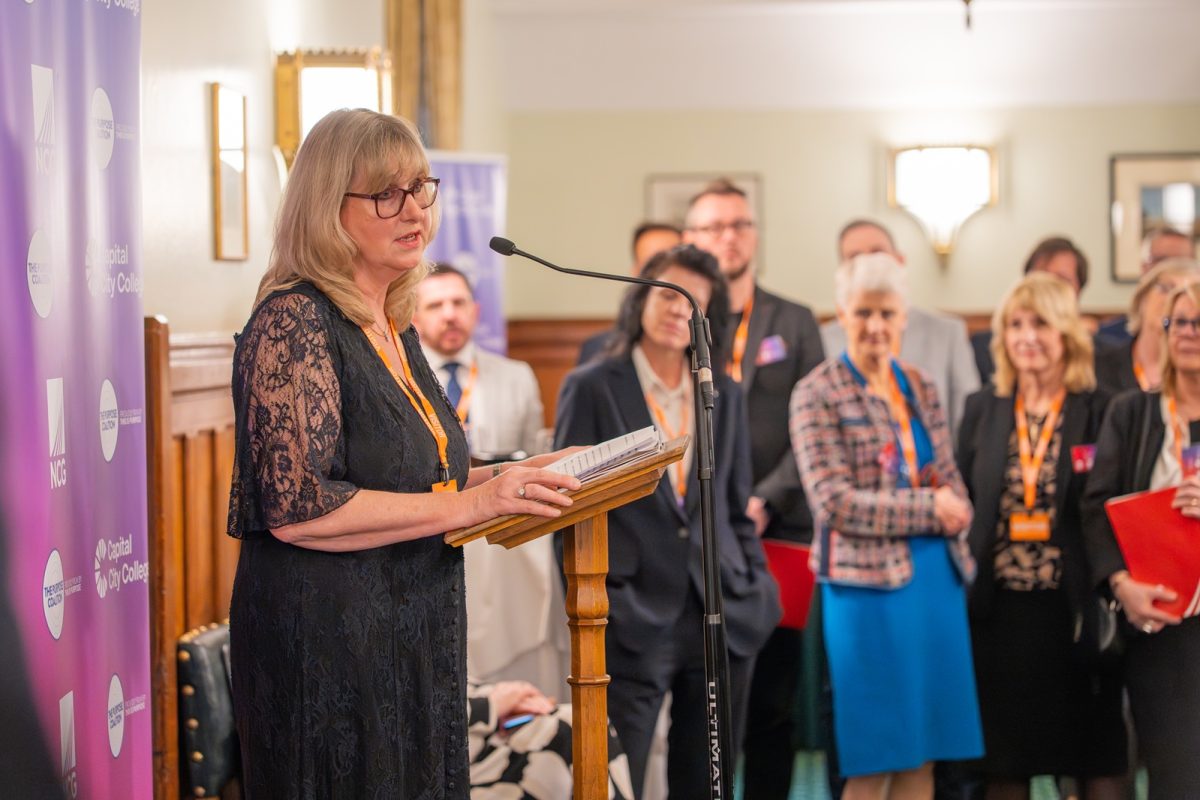Further details of the Job Retention Bonus announced

Further details of how jobs will be protected through the government’s new #JobRetentionBonus were unveiled by @HMRCgovUK today (31 Jul).
- employers can claim the bonus for all eligible employees who have been furloughed
- it comes as employers set to start contributing to the furlough scheme as staff return to work and the economy reopens
The bonus – announced by Chancellor Rishi Sunak as part of his Plan for Jobs last month – will see businesses receive a one-off payment of £1,000 for every previously furloughed employee if they are still employed at the end of January next year.
The scheme is designed to continue to support jobs through the UK’s economic recovery from coronavirus by encouraging and helping employers to retain as many employees who’ve been on furlough as possible.
A policy statement published by the HMRC today gives employers further details on eligibility requirements and how they can claim the bonus. Under the terms:
- employers will receive a one-off payment of £1,000 for every employee who has previously been furloughed under Coronavirus Job Retention Scheme (CJRS) – if they remain continuously employed to the end of January 2021
- to ensure the jobs are meaningful well-paid, employees must earn at least £520 (the National Insurance lower earnings limit) a month on average between the beginning of November and the end of January
- those who were furloughed and had a claim submitted for them after the 10 June (when the CJRS closed to new entrants), because they were returning from paternal leave or time serving as a military reservist will also be eligible for the bonus as long as they meet the other eligibility criteria
- employers will also be eligible for employee transfers protected under TUPE legislation, provided they have been continuously employed and meet the other eligibility criteria and the new employer has also submitted a CJRS claim for that employee
Chancellor of the Exchequer, Rishi Sunak, said:
Our successful furlough scheme will continue to help businesses and protect millions of jobs until the end of October – and our additional £1,000 job retention bonus will ensure this support continues as our economy reopens and people return to work.
We will support jobs and businesses as we come out of this crisis just as we did as we came into it.
As the scheme is designed to protect jobs, those who are serving notice for redundancy will not be eligible for the bonus.
The publication comes as changes to the CJRS- which has so far protected 9.5 million jobs across the UK – come into force. From tomorrow (Saturday August 1), the government will continue to pay 80% of furloughed employees wages, but employers will have to pay employers National Insurance Contributions and pension contributions for the hours the employee is on furlough.
The changes to the CJRS are part of the government’s economic plan to tackle coronavirus. The first phase was about protection, safeguarding millions of businesses and jobs through our unprecedented loans and employment support schemes. The second, as the Chancellor set out earlier this month, was about protecting, supporting and creating jobs. The third and final phase is to rebuild at the Budget and Comprehensive Spending Review in the Autumn.
Further details on the JRB can be found here, and Full guidance will be published in September.
Where a CJRS claim for an employee was incorrectly made, a Job Retention Bonus will not be payable.
Further details on the CJRS can be found here.
The CJRS grant will be tapered from August. In August, the government will pay 80% of wages up to a cap of £2,500 and employers will pay ER NICs and pension contributions for the hours the employee does not work – 5% of average gross employment costs.
In September, the government will pay 70% of wages up to a cap of £2,187.50 for the hours the employee does not work. Employers will pay ER NICs and pension contributions and 10% of wages to make up 80% total up to a cap of £2,500.
In October, the government will pay 60% of wages up to a cap of £1,875 for the hours the employee does not work. Employers will pay ER NICs and pension contributions and 20% of wages to make up 80% total up to a cap of £2,500.











Responses